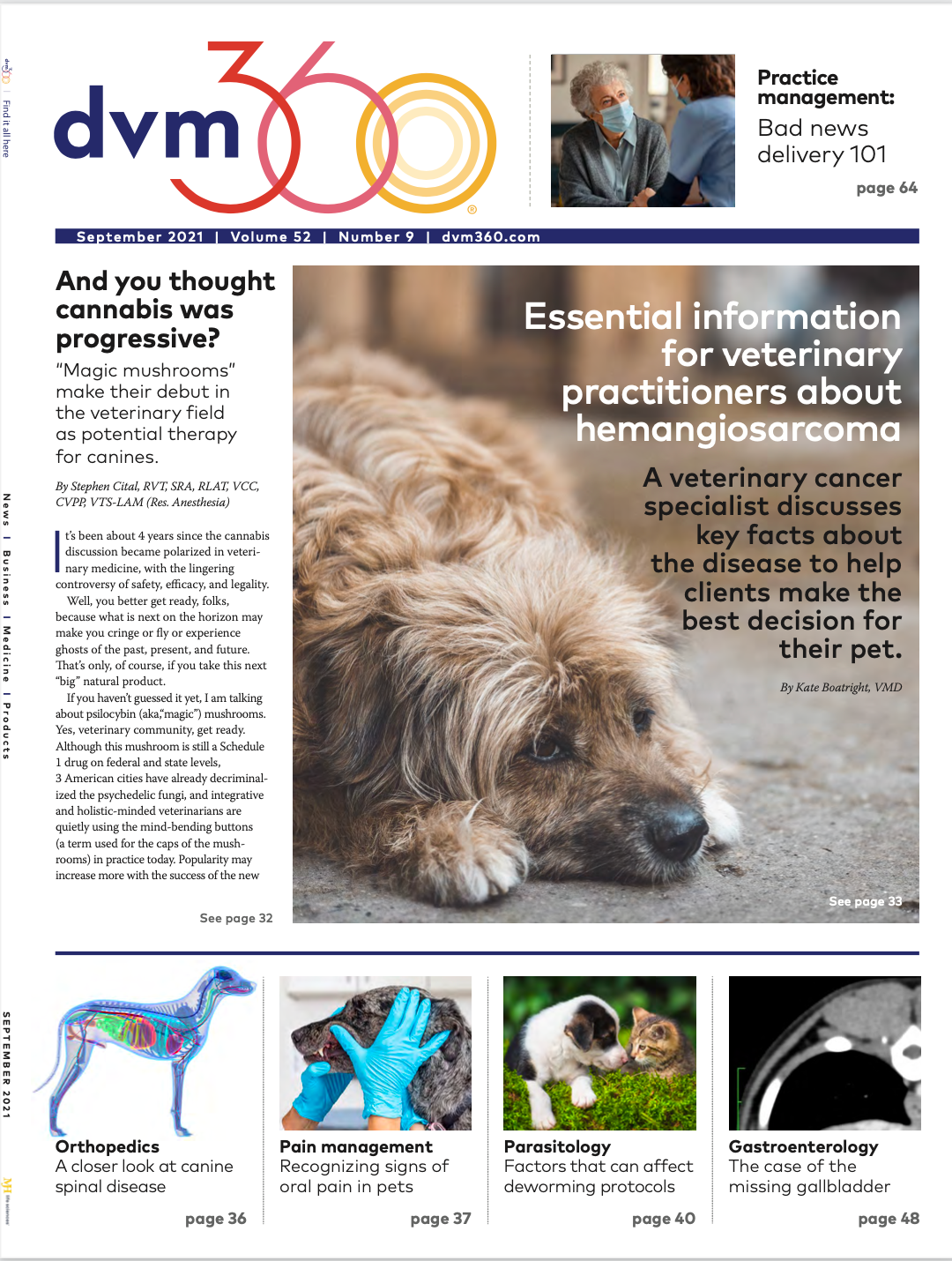Veterinary receptionist program simplifies CSR training
Jill Clark, DVM, CEO of IGNITE, highlights a self-paced certification that will provide your front desk team the essential tools they need to create patients for life.
According to Jill Clark, DVM, CEO of IGNITE—a veterinarian owned company dedicated to advancing the skills of passionate veterinary people—client experience is the differentiator in the modern veterinary practice.
“Everyone can buy a piece of equipment or have a nice facility, perhaps, but really the client experience is what is going to set us apart,” Clark says.
In an interview with dvm360®, Clark enlightened us on IGNITE’s veterinary industry certification: the Veterinary Receptionist Certificate of Excellence (VRCE). She explained the ins and outs of this certificate, her inspiration behind it, and more.
What is the VRCE?
Clark described the VRCE as a holistic front desk training program designed for customer service representatives (CSRs) to give them the essential tools to succeed at the practice.
“[The VRCE] is specifically aimed at general practices and is [comprised of] 32 courses that are all about an hour [to] an hour and a half apiece, [with more than] 40 hours of learning [total],” Clark says. “[The VRCE training includes] checklists, scripts on how to communicate with your clients on different topics, documents, [and] a 50-page workbook for [professionals] to fill out that really helps the CSRs—our front desk teams—[because they can] customize it into their particular practice experience."
“And then we have a final proctored exam that’s delivered at the practice level by their supervisor," she adds.
Clark also noted that coaches are available for people completing the VRCE to allow them to ask questions and receive feedback and guidance.
“It’s just a really robust group of courses that hopefully will give practice managers and owners the peace of mind to be able to go and work on the things they really want to work on because their front desk is really acting in a superior, excellent way,” she says.
Inspiration behind the VRCE
Because Clark has an extensive background in hospital operations, much of the VRCE is derived from real-life practice experience and her knowledge of what clients are demanding that clinics do better.
“Probably the No. 1 thing that frustrated everybody in the practice and certainly those trying to manage [others] was the turnover in that role of the front desk CSR or receptionist and just this hamster wheel of training,” says Clark. “We [took] all of those frustrations and all of those skills and put them into one package and have that available for all the practices to use versus everyone trying to recreate the wheel.”
Clark said it took about 2 years to create this veterinary certificate and make it meaningful. She and her team had to pull all the components necessary for CSR success, seamlessly integrate them, and then perform beta testing.
“We started [beta testing the courses] in real-life hospitals with real-life front desk folks and getting their feedback of what they needed to do better or [to] get the most out of the courses,” she says.
What’s covered in the VRCE program?
Although many aspects differ among practices, many don’t—and those are the ones detailed in the VRCE program, says Clark, adding that specific courses include “things like managing wait times [and] new client acquisition. We [also] have a huge focus on the client experience [and] managing rechecks, reminders, recalls, conflict—which we know, unfortunately, our front desk teams are put in the worst of situations sometimes with conflict and often don’t know what to do.”
Other courses include proper prescription handling, basic hospital finance, and more.
How the VRCE benefits veterinary clinics
It’s no secret that practice managers and owners are busy and that training new employees often gets missed due to time constraints.
“I just really think it’s going to give the average general practice a way to enroll their folks in a program and have that program go on without them having to [set aside the time to] be the teacher and...to [construct a curriculum],” Clark says, adding that the VRCE program simplifies the process for practice managers, owners, and CSRs.
“We want to make sure we give [CSRs] a great starting point, and then they’re certainly able to customize pieces of it for their particular practice,” she adds.
Achieving the VRCE
For those interested in obtaining a VRCE, Clark advised going to IgniteVet.com, clicking on the tab “Learning Communities & Training,” and then selecting “VRCE Program."
“It walks you through the enrollment process, what to expect, and how long it might take—all those types of things so people can get some good awareness before they start,” Clark says.
CSRs can then enroll in the learning community. It’s self-paced, allowing them to work through the program as their schedule permits. And there will be plenty of activities for CSRs to complete at their practice to ensure their learning translates to the environment they’re working in.
“[CSRs] do have that proctored final exam, and that’s really the kicker,” Clark says, adding that they have to not only complete all of their activities, but also the final exam to “achieve that VRCE certificate” and to use “those letters behind their name.”
